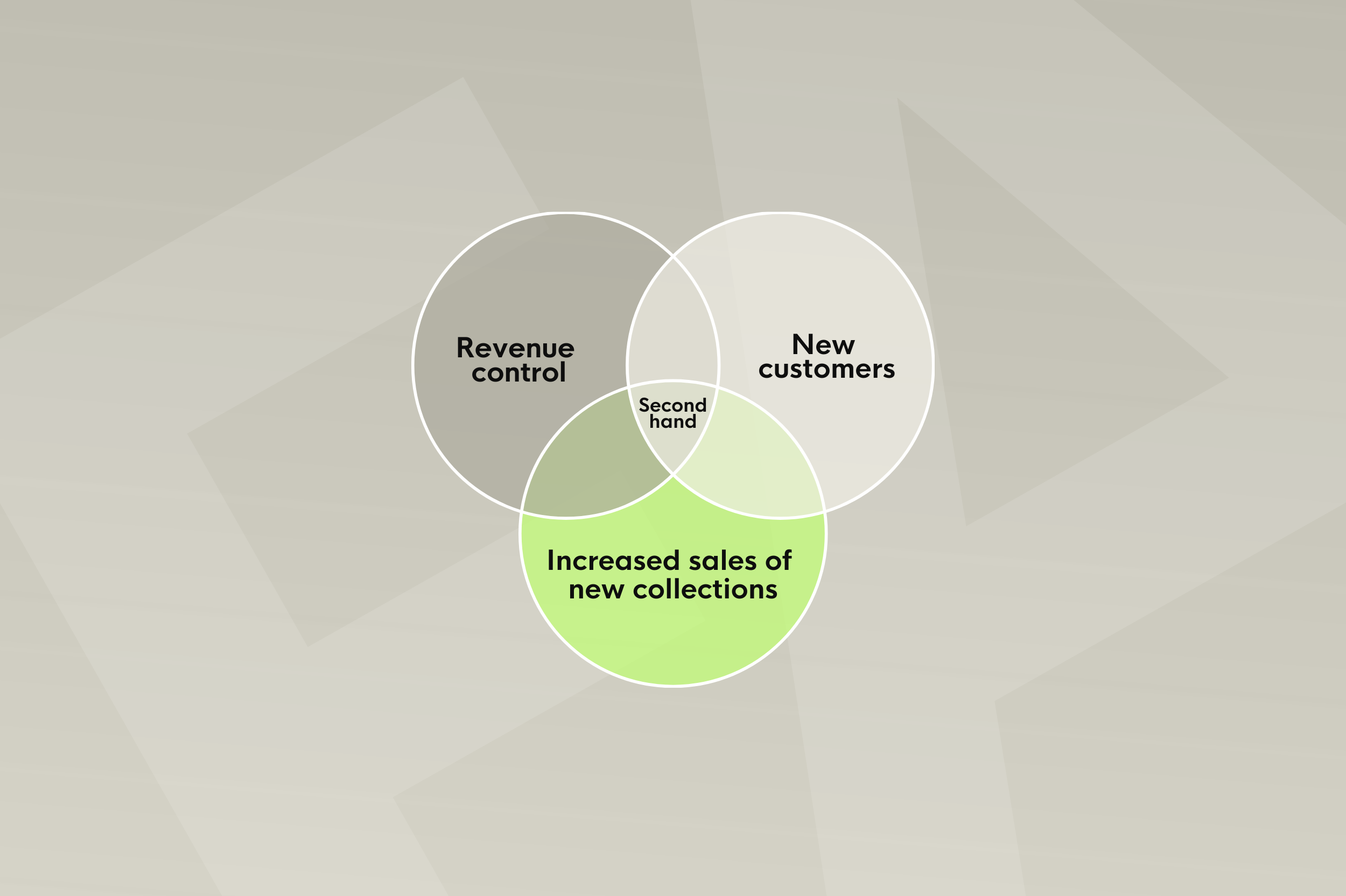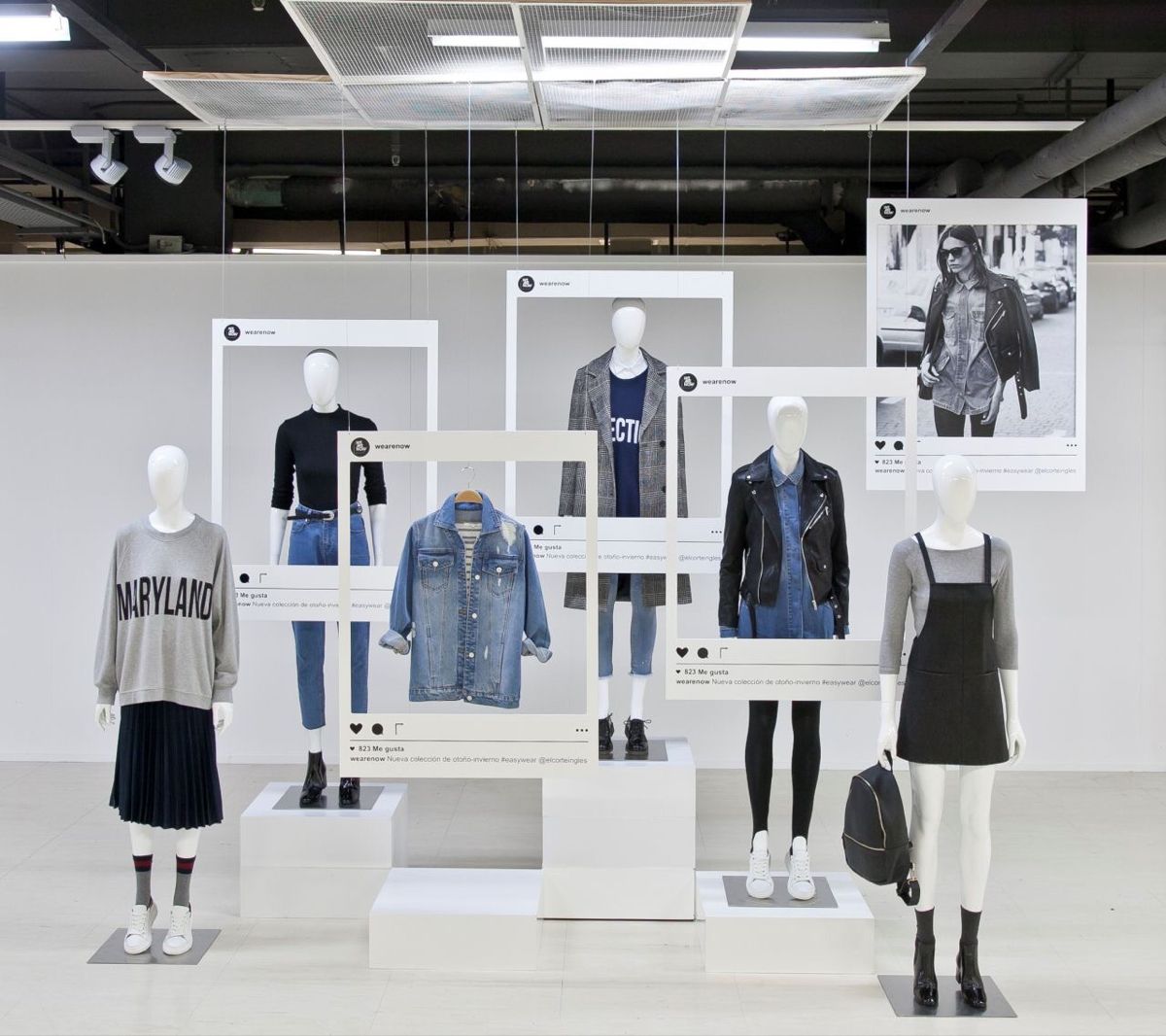Sustainable fashion: the key developments to watch in 2025

In 2025, sustainable fashion is entering a new phase: the industrialisation of solutions. The era of promises is over, now it's about scaled deployment. From biodegradable biomaterials to premium recycled leather, from digital product passports to circular models becoming part of everyday habits, innovation is accelerating. Here are the key signals to watch as sustainability becomes an economic, technological, and cultural driver.
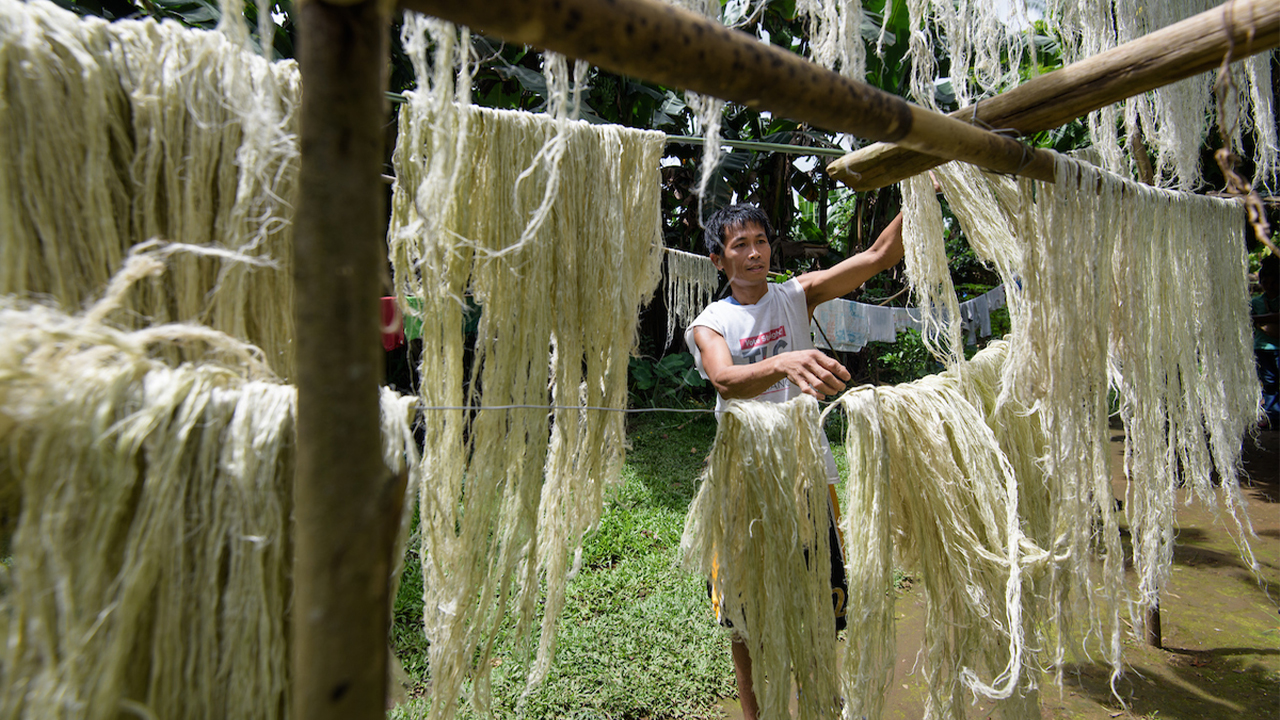
Biomaterials that challenge the very nature of clothing
In 2025, biomaterial research is shaping the future of sustainable fashion. Pioneers like designer Suzanne Lee (BioCouture/BioFabricate) have been working for years on fabrics made from microbial cellulose grown from kombucha, resulting in structured, biodegradable materials.
At a more industrial scale, startups such as Modern Meadow use biofabrication to create cell-cultured leather, a hybrid material with no animal origin, already used in premium accessories.
These innovations don’t just aim to replace plastic: they transform raw material into living ecosystems. Fermented textiles, lab-grown leather, fabrics designed to emerge and disappear effortlessly, all these experiments outline a circular fashion model that is reversible, compostable, and alive, far beyond a simple prototype.
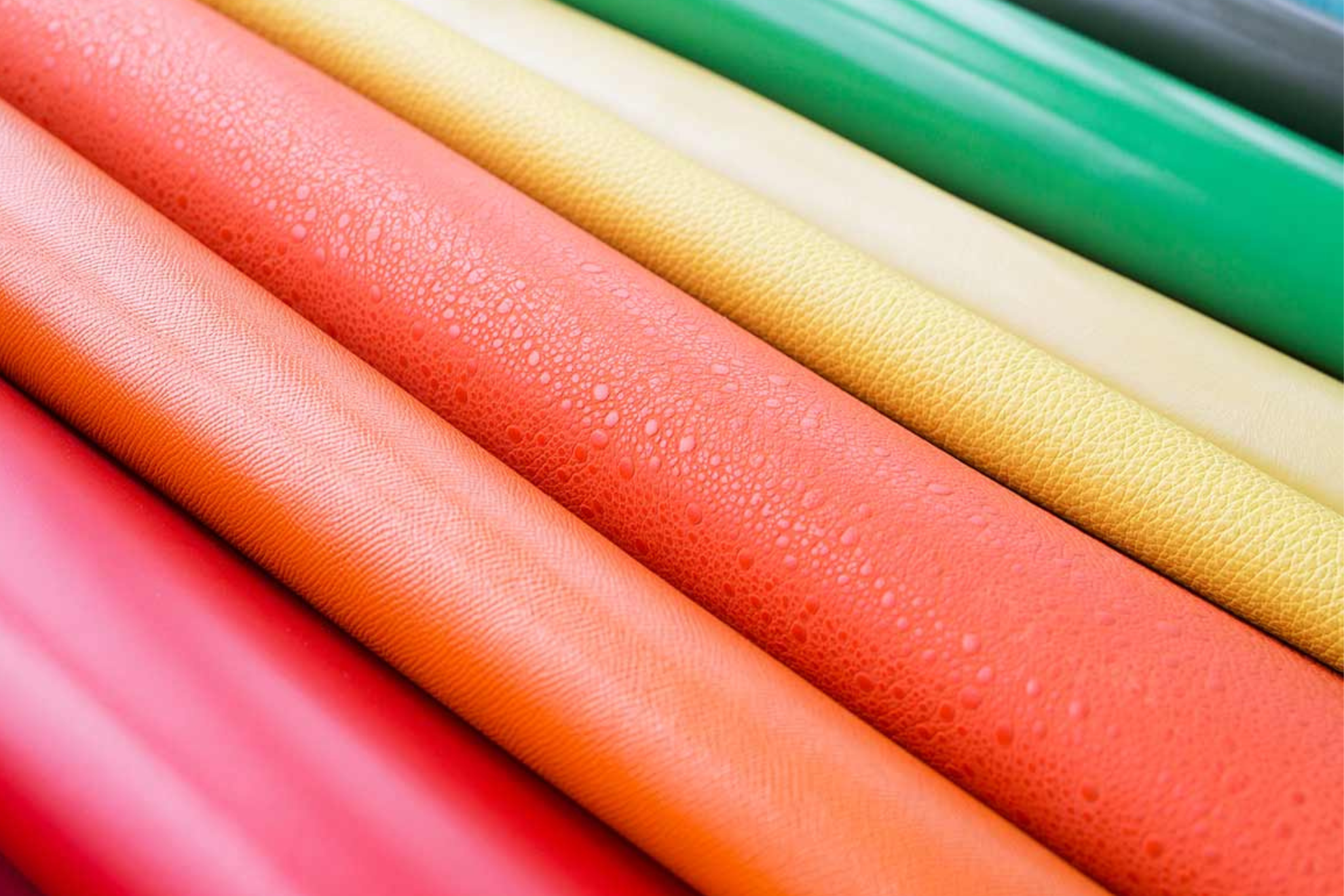
Recycled leather is starting to gain serious traction in the luxury sector.
Hyer Goods, an American brand founded by Dana Davis, is proving that high-end recycled leather can succeed. By upcycling leather offcuts from houses like Hermès, the brand has already diverted over 3,000 kg of waste. But the real turning point came with Tapestry’s (Coach, Kate Spade) investment: in July, it injected $15 million into Gen Phoenix, a low-impact recycled leather specialist. The goal? To scale up production of this material, which emits 80% less carbon than traditional leather. Vertical integration is becoming a powerful tool for reducing environmental impact.
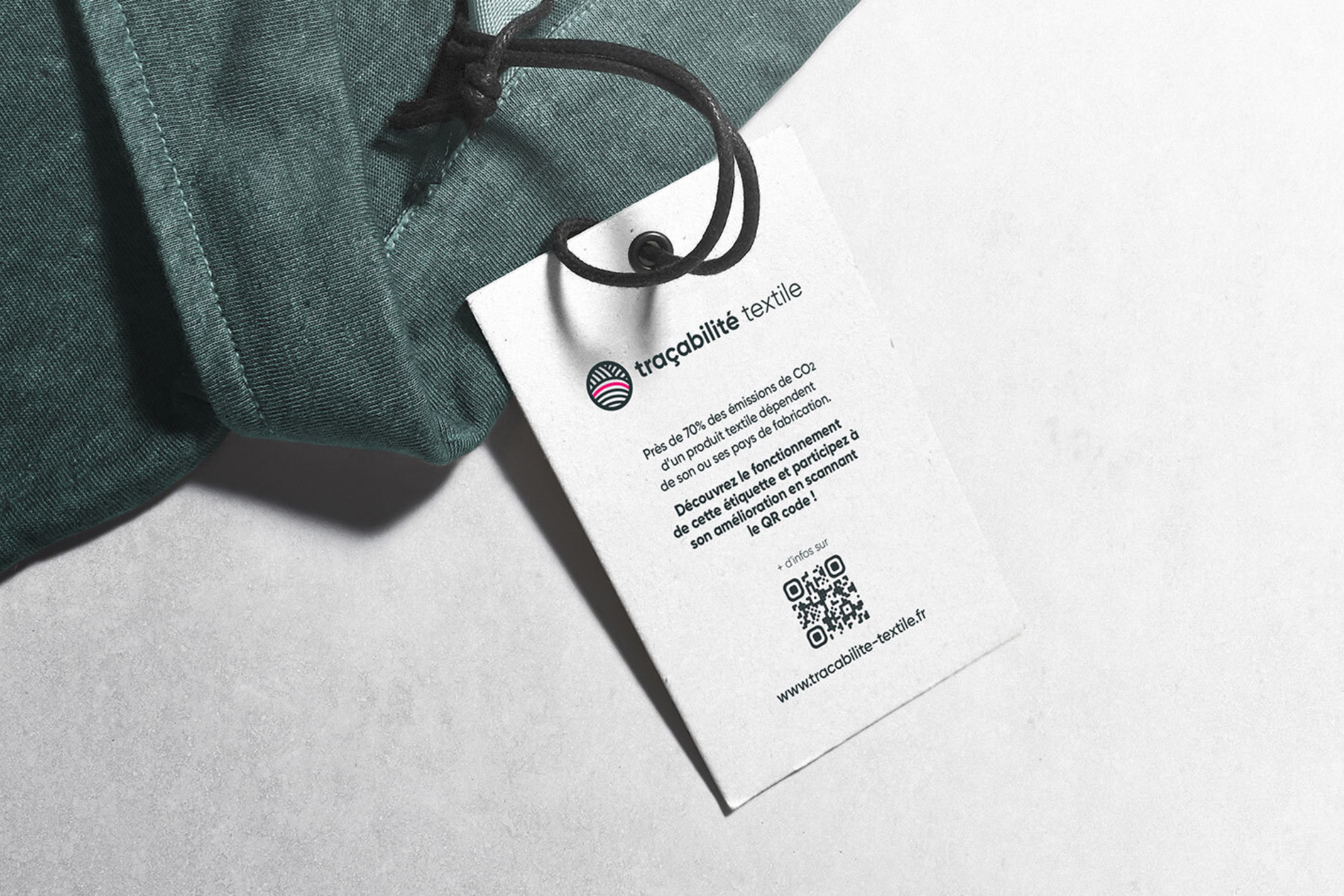
Digital passports, blockchain and AI: transparency becomes the new standard
In the face of greenwashing, traceability is becoming a baseline. European regulations on the Digital Product Passport (DPP) and environmental labeling are pushing brands to adopt greater transparency. At the same time, blockchain traceability and embedded AI technologies are making it possible to track every step of the value chain, from composition and transport to production conditions and end-of-life. These systems are no longer limited to luxury pioneers. Tools developed by companies like Eon, Avery Dennison or TrusTrace are gradually spreading across the entire industry.
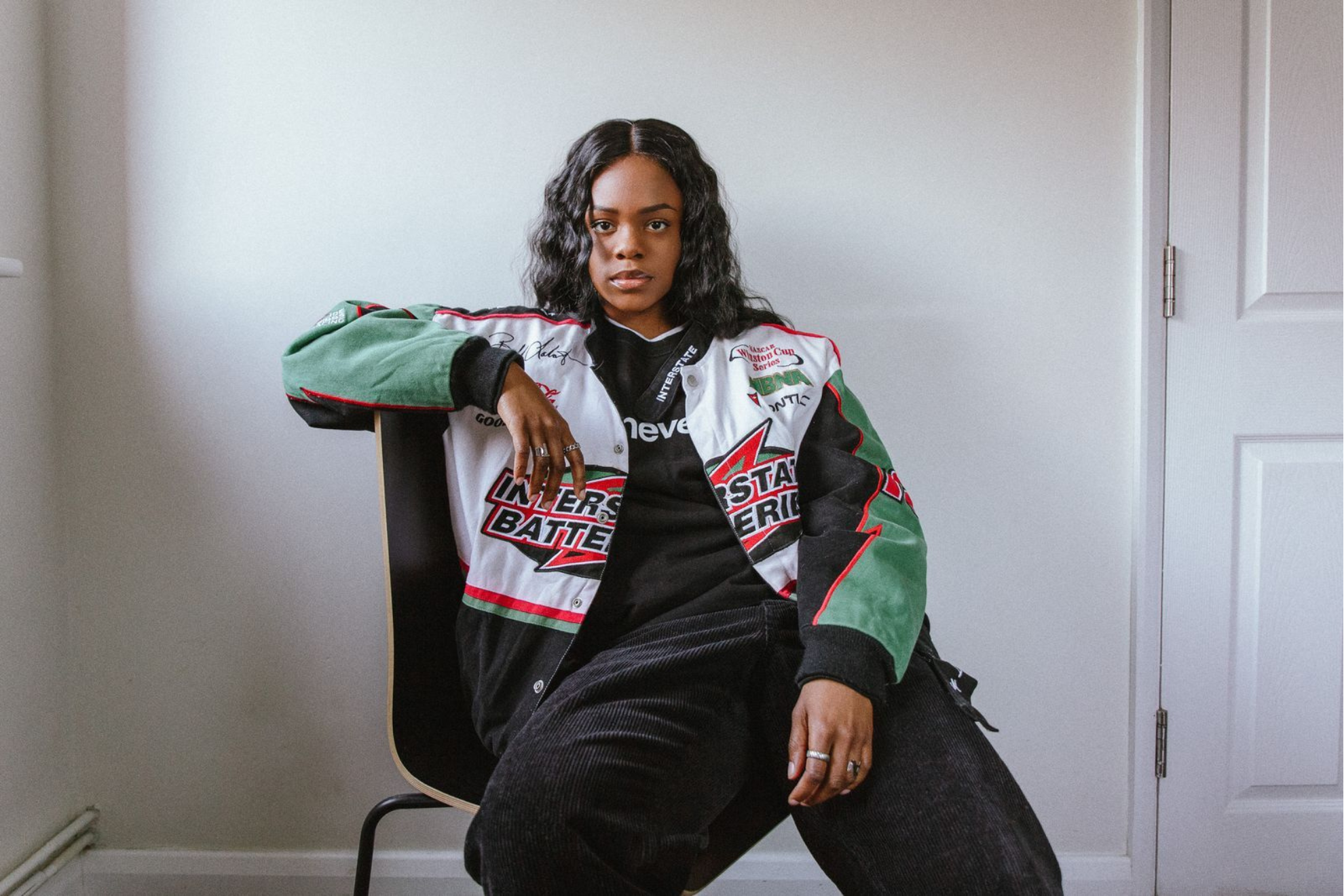
Creative circularity: upcycling becomes a language in its own right
Designer Tega Akinola created handbags from worn Nike socks and old cables. Far from a publicity stunt, her work reflects a generation embracing circular aesthetics, pieces where materials tell a story. At the same time, resale platforms are becoming stylistic laboratories. Some brands are even seeing search spikes on their archives, fuelled by TikTok trends or viral reissues. The it-piece is no longer just about the drop: it becomes a circulating asset, generating recurring revenue.
Conclusion: sustainability is no longer declared, it’s measured.
In 2025, sustainable fashion is expanding on all fronts: materials, business models, digital tools. It’s no longer just about labels or brand image, it’s reshaping value chains, driving differentiation, and becoming a true performance engine. A garment that lasts is no longer a moral choice… but a competitive advantage.
Stay ahead of the game!
Sign up to FAUME's The Secondhand Review newsletter
Read inspiring stories from brands that have successfully launched their secondhand businesses with FAUME




